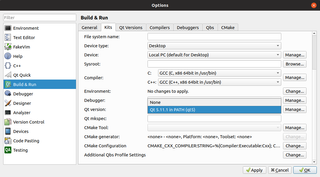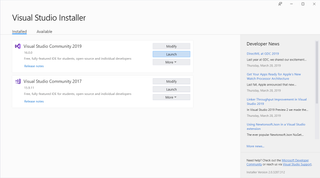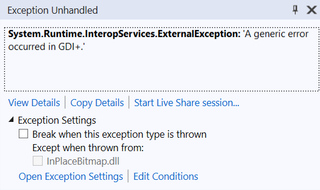Why You Should Update GPS Firmware
Assuming you survived the great GPS rollover, you might wonder if updating your GPS firmware makes any sense at all. It’s obvious you might want new maps. But firmware? Why do you need a new one if everything works just fine.
Real answer is that you probably need not bother. Again, assuming everything works fine, there is no navigation reason for firmware upgrade. Navigation will work equally well whether you have fresh firmware or one that’s a few years old.
However, if you care about time keeping, you will definitely need to update your GPS once in a while. And it’s not because of rollover - that issue is sorted now with the new 13-bit week counter and it’s up to your grandchildren to bother with that. Nope, it’s darn leap seconds.
Leap seconds were created to account for uneven rotation of this big rock we call Earth. As such they are currently beyond our capability to calculate in advance. Once in a while astronomers look upon the skies and decide if leap second is needed. One cannot know in advance when this will happen.
AS GPS time has no concept of a leap second, firmware is what adjusts GPS time to UTC and then later to time zones we all deal with. Guess what, if you have old firmware, your GPS will adjust wrongly and thus something you believe to be a correct time will be off by a second or two (or 27 if you were really lazy).
I know it’s not a breaking deal for a vast majority of population but I simply find it rather unnerving that you would intentionally make your GPS show the wrong time.
Update darn firmware to avoid having your existence out of sync with rest of the world. :)



